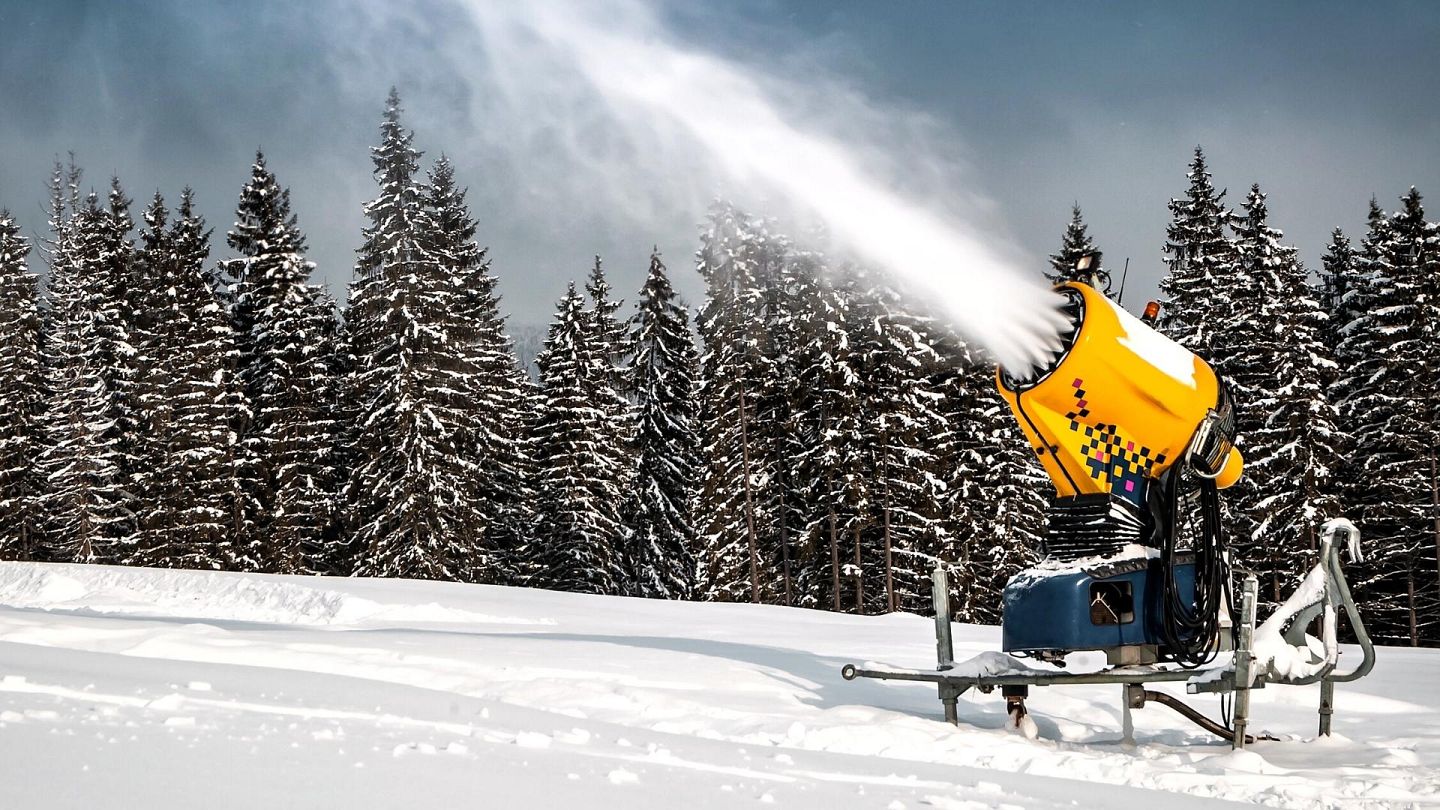The slopes around northwest Beijing are too dry and warm to create any snow for the Winter Olympics, so it’s all human-made for the first time in the games’ history. This is all by virtue of climate change and global warming. It will be the first Winter Olympics with 100 percent artificial snow.
There was a study published last year in the journal Current Issues in Tourism that stated that just one of the 21 cities that hosted the Winter Olympics in the last half-century will have a climate suitable for winter sports by the end of this century if we don’t get fossil fuels under control.

Italian based snow-creation startup TechnoAlpin states that they’re providing the required 350 snow producers, seven machine rooms, and pump stations housing 51 high-pressure pumps and nine cooling towers for the games. It took them three years to complete the whole equipment.
“We are very proud to say that we are the only company providing the snow-making systems for the Beijing 2022 Winter Olympics,” TechnoAlpin Asia area manager Michael Mayr told CNN in an interview this week.
Despite all the difficulties in setting this up for snow creation like the process being extremely energy-intensive, the International Olympic Committee estimated that 49 million gallons of water will be used to create all the snow, which is almost equivalent to a day’s consumption of water by 100 million people.

It was also concluded that this snow is not healthy. This was published in a new report titled “Slippery Slopes: How Climate Change is threatening the 2022 Winter Olympics,” published by the Sport Ecology Group, Loughborough University London, and Protect Our Winters earlier in January.
“[If] freestyle super pipes are formed from snowmaking machines in a poor season, the walls of the pipe are solid, vertical ice and the pipe floor is solid ice,” Scottish freestyle skier Laura Donaldson warned in the report. “This is dangerous for athletes. Some have died.”
The question is being raised why they are threatening the environment and not holding the games in a naturally snowy area.


